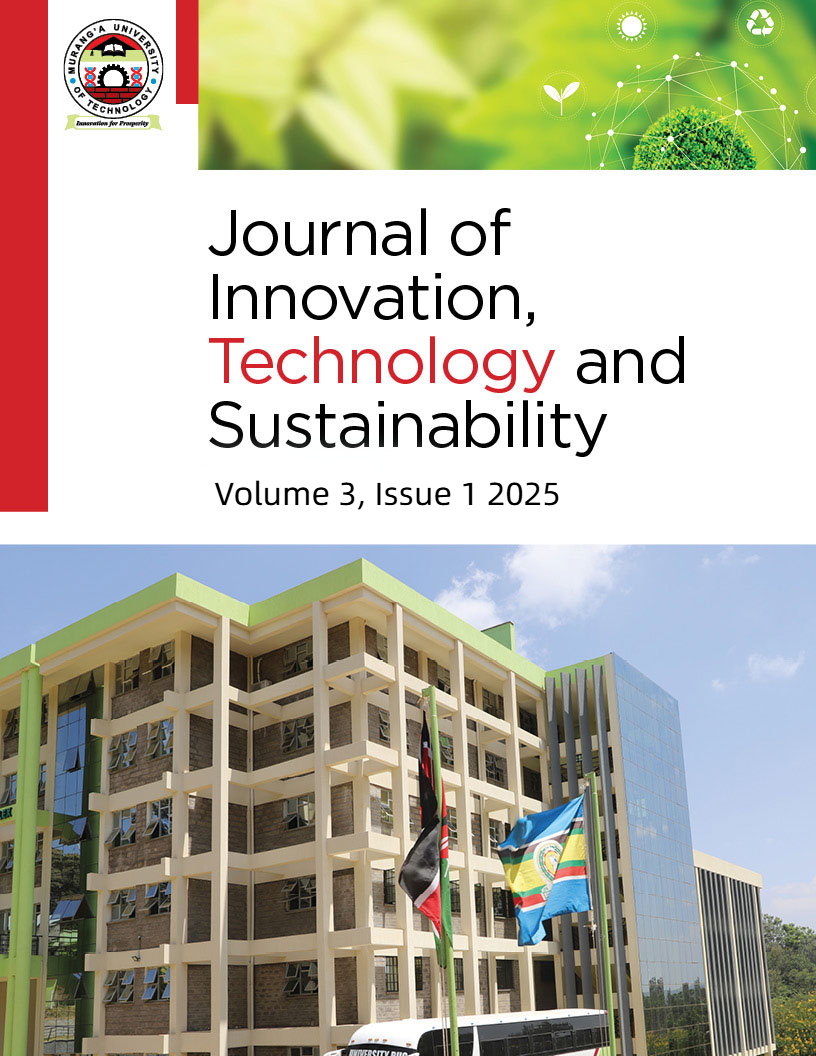Ecological distribution and commercial exploitation of Tamarindus Indica in Kenya: A review
DOI:
https://doi.org/10.70868/DTWH8109Keywords:
Tamarindus indica L., geographical distribution, morphology, local and international market, KenyaAbstract
Tamarindus indica L., commonly known as the tamarind tree, is a high-priority fruit species for crop diversification and development in Sub-Saharan Africa. Despite its nutritional, medicinal, and industrial value, limited documentation exists on its processing, utilization, and commercialization in Kenya. This knowledge gap hinders efforts to promote its domestication and conservation. This review paper examines the ecological distribution, morphological characteristics, and commercial potential of Tamarindus indica in Kenya. A desk-based literature review from books, journals, and published reports was conducted. Findings indicate that tamarind is widely utilized, especially in Kenya’s coastal region, where its pulp is used to prepare Ukwanju juice and food sauces. However, inefficiencies within the tamarind value chain, including limited value addition, inadequate seedling systems, and weak market linkages, constrain its commercialization. To boost tamarind production and commercialization, coordinated efforts are needed among governments, investors, and researchers. Key priorities include policy support, private sector investment, and research on improved varieties and genetic conservation. Strengthening the value chain through better seedling systems, farmer hubs, processing, and efficient distribution is essential. Additionally, documenting indigenous knowledge will aid its domestication and sustainability.





